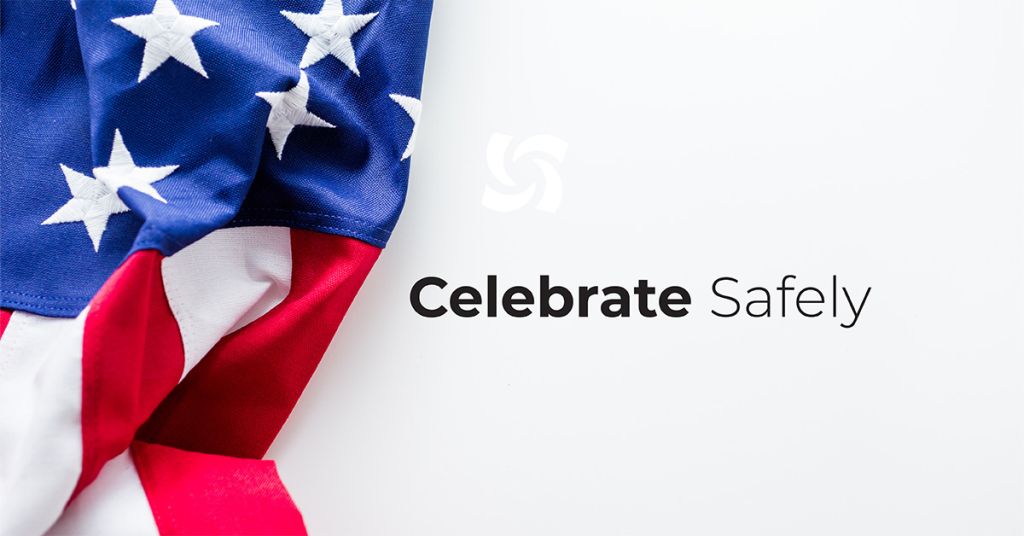If you’re not familiar with the Word-of-Mouth Index (WOMI), don’t worry, you are not alone. However, chances are you might recognize its older brother; the Net Promoter Score. Either way, let’s take a quick look at both concepts, and how they have evolved and changed the way we look at customer satisfaction in a world of increasing social media and online interaction.
In 2003 Fred Reichheld introduced the Net Promoter Score (NPS) to the world of market research. The NPS asks customer respondents to answer a simple question: How likely would you be to recommend (fill in the blank) company or product? A ten point scale is used, the higher the score the more positive the rating. Respondents are then categorized as either “brand promoters” (scores 10-9), “passive” customers (8-7), or “detractors” (6 or lower.) This simple score became the benchmark that was widely accepted across many industries for more than a decade. Until…
Within the past few years research-on-research uncovered evidence that Net Promoter detractor scores have been overstated by 100%, 200%, and in some cases almost 300%! To understand how this might happen simply think about your favorite toothpaste, or the kind you buy most often. You may purchase by brand, flavor, or even preferred type of dispenser. But even if you absolutely love your toothpaste how likely would you be to recommend it to your friends, family, or coworkers?! Cases in point, a customer can falsely give poor (detractor) ratings to their favorite companies/products.
WOMI | Gain Better Customer Insights
The Word-of Mouth Index (WOMI) is a hybrid formula designed to expand upon the NPS by incorporating a second inquiry: Rate your likelihood to use (fill in the blank) in the future. Typically a five point Likert Scale is substituted in place of the 0-10 scale used with NPS. Also, the WOMI is represented as a percentage (0-100%), and not a numerical value like its older brother.
Diedrich RPM immediately recognized the significance of this discovery, and has been using the Word-of-Mouth Index exclusively for several years now. Throughout the industry this formula has been tested against results from small sample sizes of less than a hundred, all the way up to surveys with millions of respondents. The results have been a much deeper and more precise categorization of active promoters and detractors are possible when using a WOMI calculation.







